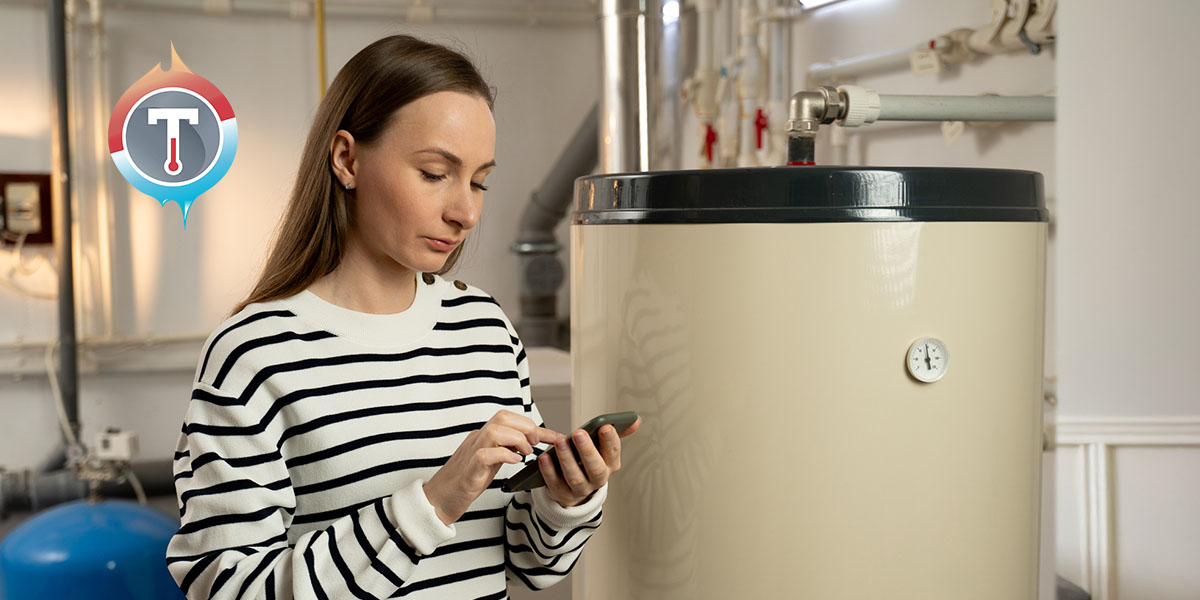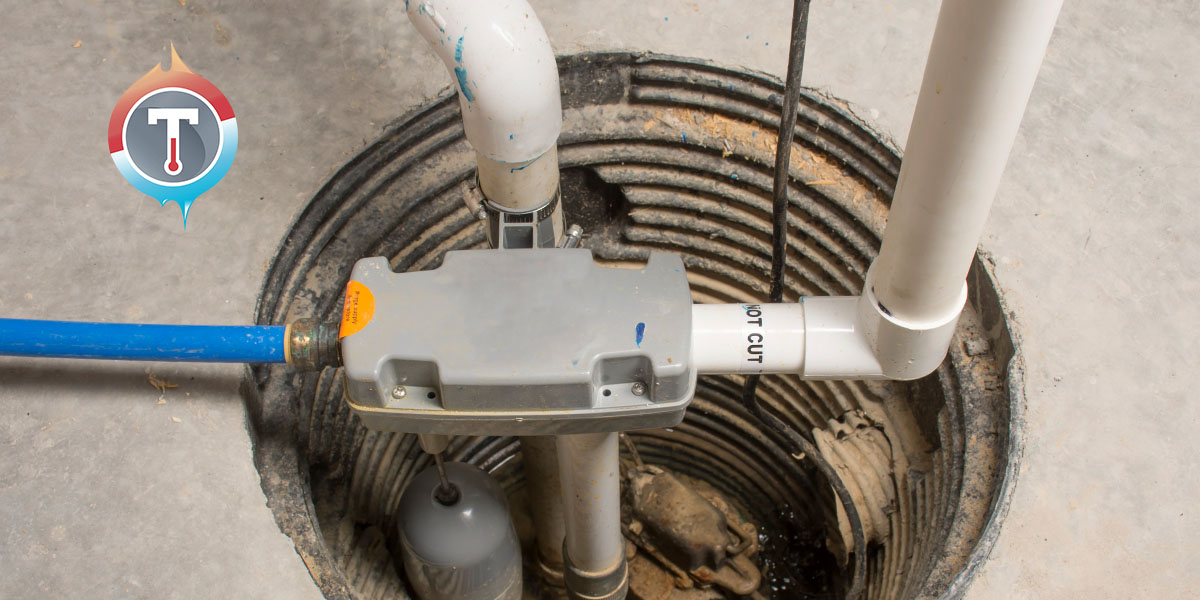
Dripping faucets or small stains on your ceiling, while inconvenient, might not seem like a major concern at first. You might even put off getting it fixed, thinking it can wait. But bad plumbing wastes water, inflates your utility bill, and quietly compromises your health.
Relentless allergies, unexplained headaches, frequent colds — we often blame the weather or seasonal bugs for these kinds of health problems. In reality, the root cause could be far closer to home, possibly under your sink, behind your walls, or in your basement.
Plumbing problems pose a serious health hazard. Left untreated, they can pollute your water, lower your air quality, and turn your home into a hotbed for harmful bacteria, mold, and pests. Explore the hidden dangers lurking behind your walls, how bad plumbing can make you sick, and what you can do about it.
Understanding Bad Plumbing and Its Associated Health Risks
When plumbing doesn’t work as it should, it can introduce harmful substances that compromise your water and air quality, putting your home, health, and comfort at risk.
Water Contamination
Bad plumbing, particularly in older homes or systems that haven’t been maintained, can allow contaminants like bacteria, viruses, and heavy metals to seep into your water supply. Corroded pipes, for example, can leach lead or rust directly into drinking water, posing serious long-term health risks like lead poisoning. Children are especially vulnerable, with chronic lead exposure being linked to neurological and developmental issues.
Cracks in water lines can also introduce harmful pathogens like E. coli and Legionella. This can cause gastrointestinal infections with symptoms like nausea, vomiting, diarrhea, and abdominal cramping. If your water has an unusual, metallic taste or appears discolored, or if your household experiences persistent digestive problems and unexplained skin conditions, it’s critical to have your plumbing inspected immediately.

Sewer Backups and Gas
Blocked or broken pipes can cause sewage backups, exposing you and your loved ones to harmful pathogens and increasing the risk of serious infections.
Sewage also releases a mixture of gases produced by the breakdown of waste materials in your home’s plumbing and sewer system. Sewer gas is typically made up of:
- Hydrogen sulfide, marked by a rotten egg smell
- Methane
- Ammonia
- Carbon dioxide
Normally, plumbing traps — the U-shaped pipes under sinks and drains — and vent systems keep these gases sealed off from your living spaces. But when traps dry out, pipes crack, or vents become blocked, it can let gas in. Even at low levels, sewer gas is dangerous and poses serious health hazards.
Methane, while odorless, is highly flammable and can increase the risk of fire and explosion if it accumulates in enclosed spaces. Inhaling sewer gas can also cause headaches, nausea, and eye irritation. In higher concentrations, it can lead to more severe effects like loss of consciousness or respiratory distress. That’s why prompt repair from a licensed plumber is essential to restoring safety and protecting your home’s air quality.
Indoor Air Quality Problems
Plumbing problems don’t stop at water. Leaks and dampness also impact the air you breathe, especially in areas like basements, bathrooms, and behind walls. Here’s how bad plumbing affects air quality:
- Leaks: Moisture from leaks behind walls or under floors often goes unnoticed. This creates ideal conditions for mold and mildew, which can aggravate allergies, asthma, and respiratory infections.
- Unused or faulty pipes: Stagnant water in unused or poorly maintained pipes becomes a breeding ground for bacteria, which, if inhaled, can cause plumbing-related diseases like Legionnaires’ disease.
- Hidden dampness: Hidden dampness also fosters dust mites, which thrive in humid environments and trigger allergic reactions.
Clean air is just as vital as clean water, and since mold can start growing in 24-48 hours, even a slow leak can quickly cause major problems.
Pest Infestations
Leaky pipes and pooling water create the ideal environment for disease-carrying pests. Cockroaches, rats, and mice thrive in damp, dark areas and will take up residence where plumbing issues persist.
Insects and rodents carry allergens, bacteria, and diseases that are easily transmitted through contact or droppings.
How to Spot Plumbing Problems Before They Make You Sick
The good news? Many plumbing-related health risks can be caught early if you know what warning signs to look out for. Here’s what bad plumbing looks like in a typical home:
- Leaky faucets or pipes: Cracks, corrosion, or loose fittings on pipes can allow water to escape. You might notice dripping sinks, visible water under cabinets, or damp spots on walls and ceilings.
- Frequent clogs or slow drainage: Blockages prevent proper water flow in your plumbing system. Your sinks, tubs, or toilets might drain slowly or back up often.
- Water discoloration: Water coming from taps is rusty, brown, or cloudy.
- Faulty fixtures: Dripping faucets, running toilets, or malfunctioning water heaters can waste water and signal underlying problems.
- Water stains or mold: Walls and ceilings have brown or yellow stains and visible mold or mildew.
- Noisy pipes: You may hear banging, rattling, or gurgling sounds when water is running.
- Low water pressure: Water from faucets or showerheads has a weak flow.
- Frequent toilet problems:Toilets run constantly, won’t flush properly, or overflow.
- Unpleasant odors: You experience persistent musty, moldy, or rotten egg smells around the house.
If you notice any of these signs, it’s a good idea to call a professional plumber for an inspection before small issues become big and expensive problems.
Preventive Steps to Protect Your Family’s Health
You don’t have to wait for small problems to grow into major plumbing health hazards before taking action. Preventive care can keep your plumbing system — and your family — safe and healthy.
Here’s what we recommend:
- Regular plumbing inspections: Schedule annual professional inspections to detect leaks, corrosion, and contamination early.
- Water quality testing: Test for lead, copper, and microbial contaminants, especially in older homes or after plumbing work.
- Prompt leak repairs: Address leaks immediately to prevent mold growth and water damage.
- Upgrade outdated plumbing: Replace old pipes with modern, safe alternatives.
- Maintain proper ventilation: Ensure bathrooms and kitchens are well-ventilated to reduce moisture buildup and mold risk.
Choose Thielmann Heating, Cooling, & Plumbing for Reliable Plumbing Solutions
For over 90 years, we’ve been helping Southeastern Wisconsin homeowners stay safe, comfortable, and healthy with expert plumbing solutions.
Here’s why homeowners trust us:
- Fully certified and insured: Our licensed, highly trained technicians are experienced in delivering premium service.
- Optional financing: We offer optional 0% financing plans to make it easier and more affordable to invest in essential repairs and upgrades without the financial strain.
- Satisfaction guarantee: Your comfort and confidence matter to us. That’s why we back all our work with a 100% satisfaction guarantee.
- A+ BBB rating: With an A+ rating from the Better Business Bureau, our track record speaks for itself. Homeowners trust us for honest service, transparent pricing, and consistent results.
Schedule Your Plumbing Inspection Today
Bad plumbing leads to contaminated water, poor air quality, and exposure to harmful pathogens and chemicals that can make you sick. That’s why proactive maintenance, regular inspections, and timely repairs are essential for protecting your family’s health. Thielmann Heating, Cooling, & Plumbing offers premium, expert solutions to keep your home safe and healthy.
Contact us for a comprehensive plumbing health check.







